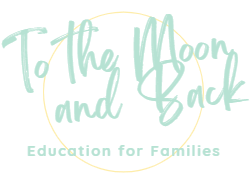Part of agreeing to teach your kids at home is teaching them the things we think we cannot teach, like Language. I am here to tell you, you can! And I am here to help.
Language is more than just teaching your child how to read. It means exposing them to what our language sounds like, looks like, how we use it, and the patterns we use. Language is teaching your child how we communicate in our culture. There are simple ways to do this, I promise.
FLASHCARDS
Flashcards are large pictures on cards that your child can handle and work with. Start with pictures of people in your family- place these pictures in a cheap photo album that the kids can access at all times. You can label each picture if you’d like. Tie in the current curriculum topic with large pictures based on what they are learning. If the curriculum subject is trees, find some pictures online and print them out. Find a picture of the bark, a leaf, several different types of trees, what they look like from the top, or a photo taken from underneath the tree. You can also go outside with your child and take these pictures yourself. Make them part of the process. Have picture cards of things they see around the house every day. They can see and find the picture within the home- now these objects have a name! Flashcards give your child a foundation for learning Language.
A foundation in any subject allows a subject to become familiar to a child without introducing the larger concept all at once.
There are some great resources for flashcards here, or you can head to our shop to print, laminate and cut some for yourself.
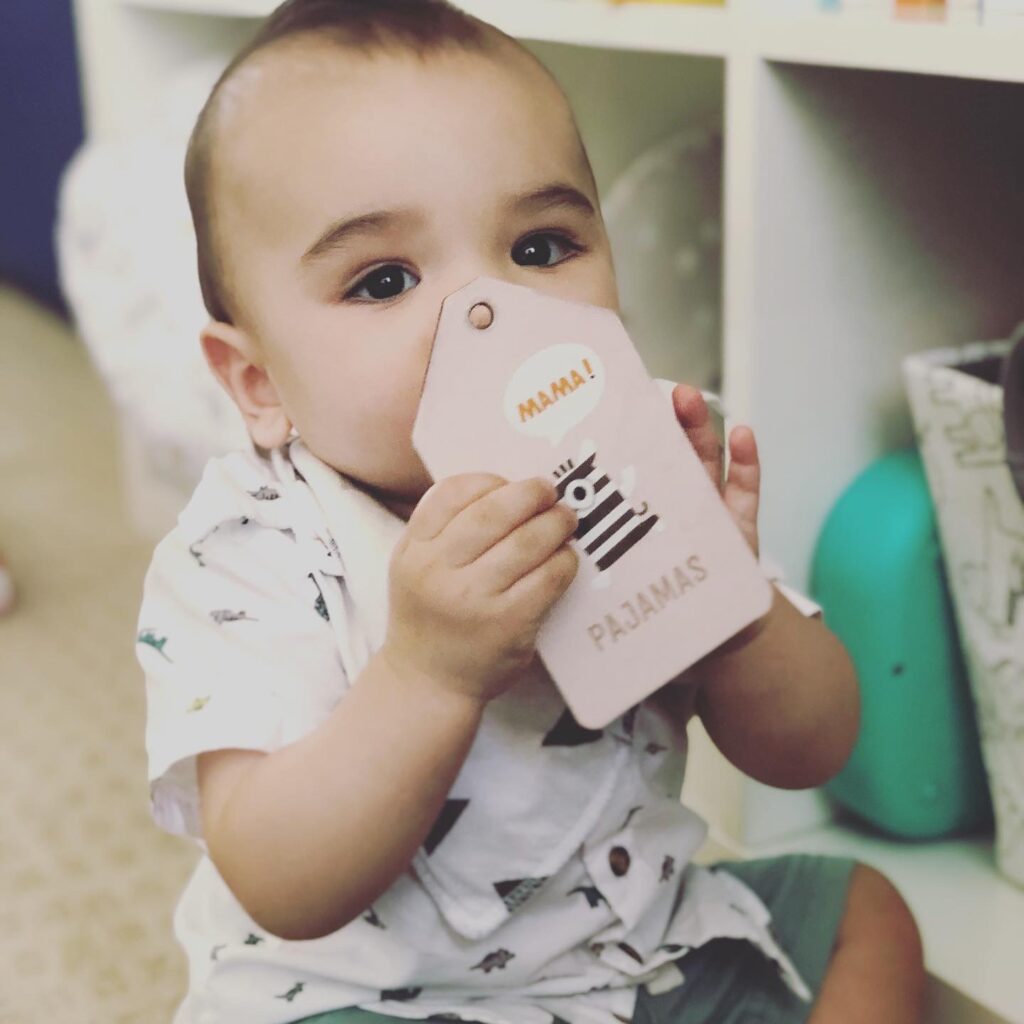
BOOKS and MUSIC
Books should be everywhere in your home. Keep little piles throughout the house. Bring them on car trips, during appointments, and even on playdates! They will become warm and familiar pieces of their Language they don’t realize they are learning from. Read to them whenever you can. They will hear the way your voice moves and flows. The inviting pictures reflect the Language. Later, they will revisit the book on their own, remembering what you read to them before.
Music can be similarly magical as the songs have a flow and rhythm to them that draws them in.
As long as you feel comfortable with what they are hearing, expose them to as much as you can. It does not need to be kid songs. You’re welcome. But fair warning, some kids are sensitive to music. Start it low and watch their reaction. Do they keep moving? Do they seem uncomfortable? I worked with one kiddo who was not an electric guitar fan. It was loud and overwhelming- even at a soft volume. Some kids don’t like to listen to music while doing work- it can be distracting! And don’t forget, the smaller the child, the more sensitive their ears are.
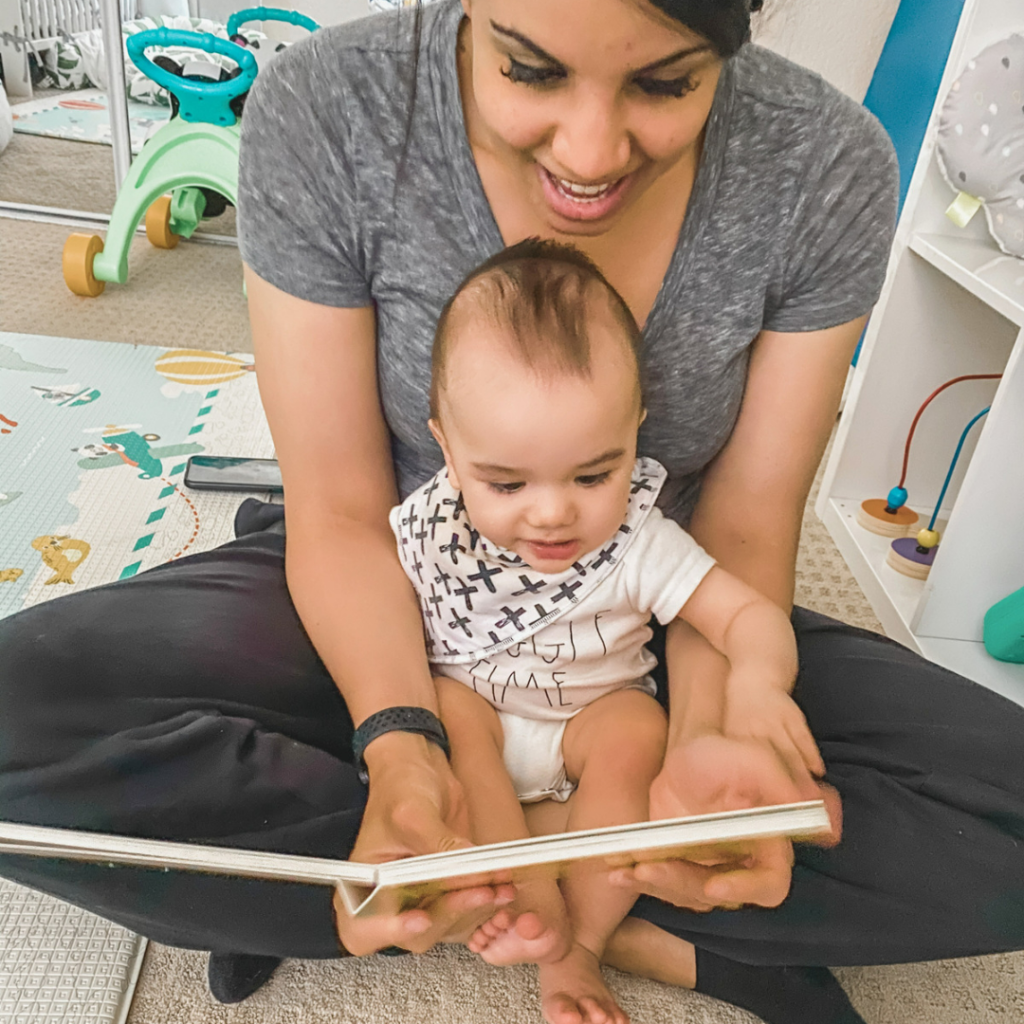
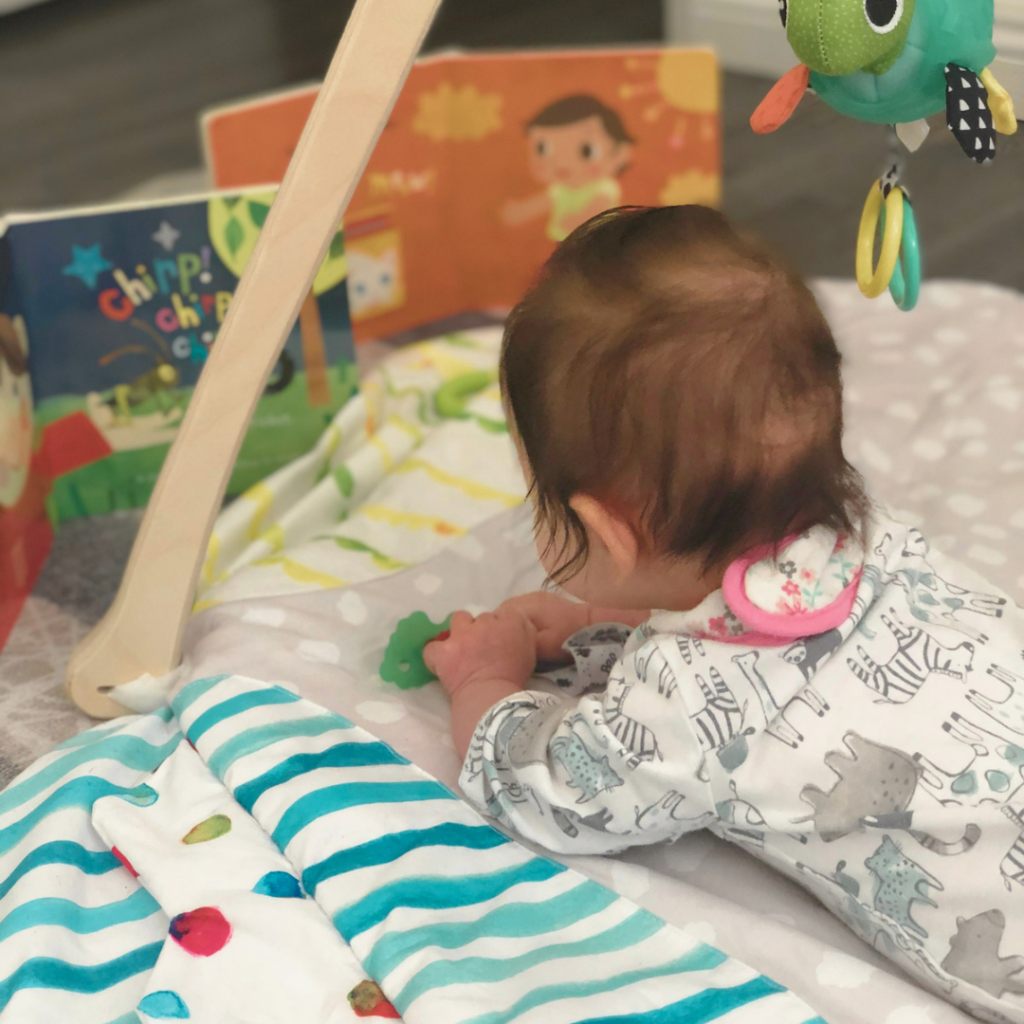
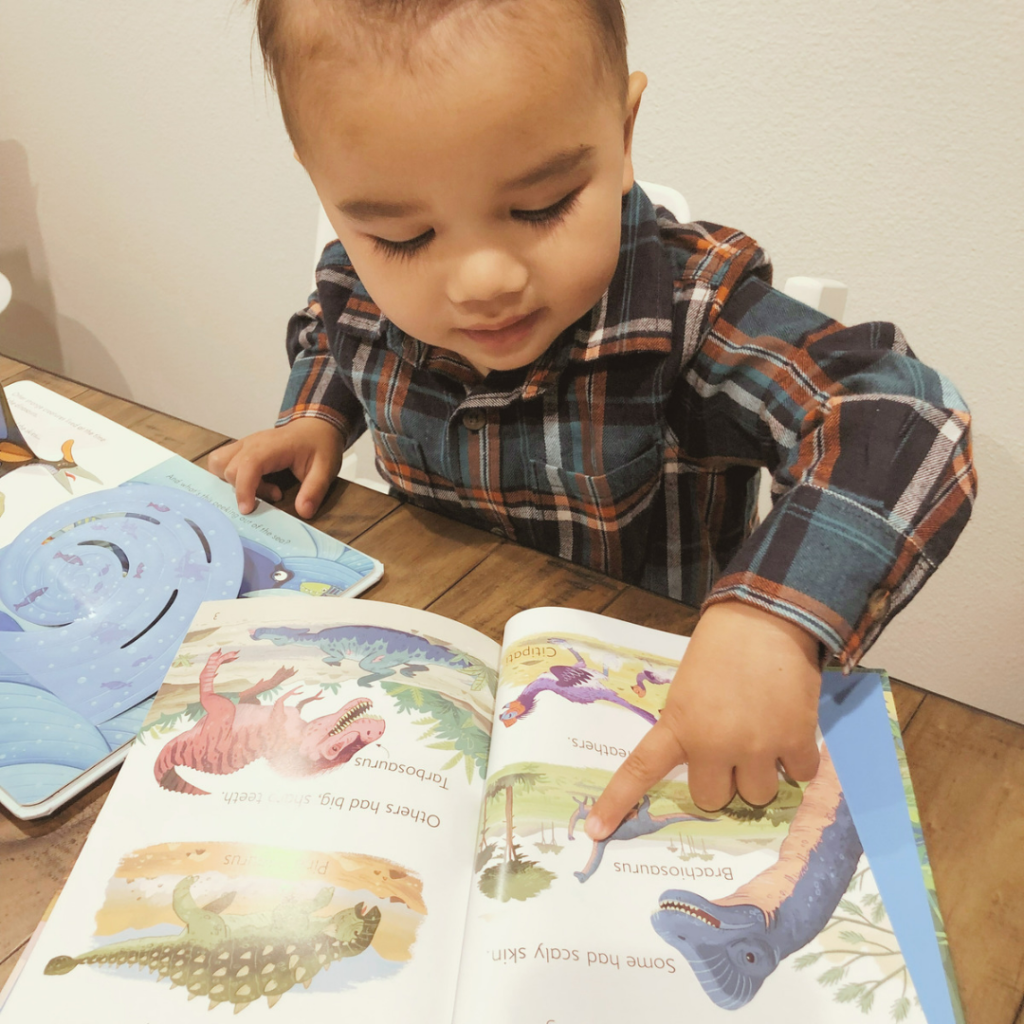
THREE-PART CARDS
Don’t fear the unknown. Three-part cards are some of my favorite and most simple resources for teaching. I wrote an entire blog about how to use them here. Check it out and let me know if you have questions. Basically, there are three parts (hence the name): there’s a control card that has a picture and the name of the picture (printed words should contain all lowercase unless it’s a name), a picture card with the same picture, and a word card that has the same word as the control card. Each individual word or object gets three cards. Eventually, a child works their way to being able to place all of these out themselves without knowing how to read. It’s truly amazing! In addition, with this work, they are extending their knowledge on a particular topic and gaining another chance for a memorable learning experience. These cards are designed to be self-correcting, meaning they can visually discriminate the pictures and letter shapes independently. Like books, you can make these for almost any subject, making your job much easier.
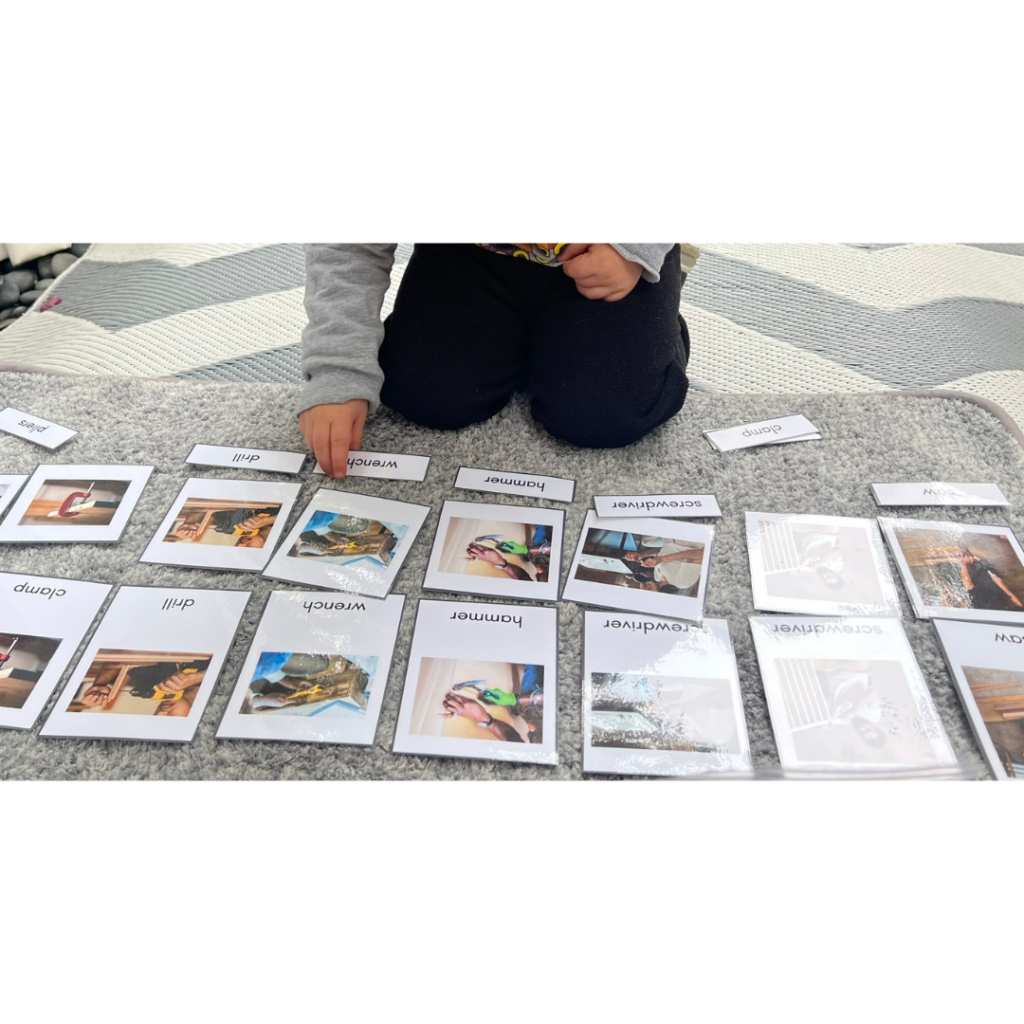
TALK TO YOUR CHILD
When you have conversations with your child, they are not only taking in the inflection and flow of the words but also learning how to use words. They learn to express feelings, wants, and needs. They practice their babbling by making sounds with their voice and will begin to mimic you during imaginary play as a way to practice. Talking with children helps them in so so so many ways.
In my Preschool Together curriculum, I incorporate “ways of being” as a chance to reflect and teach your child the skills you have learned regarding these topics.
Maybe you are still learning those skills- great! Let them learn with you. You don’t need to know everything- talk to them about what you do know. Narrating is a great way to put words into your actions. If they’re watching you, try to tell them what you are doing while you are doing it. For example: “the laundry goes into the washing machine to clean everything. We need soap to get all the yucky dirt off.” You can narrate what you see when they show an emotion “I see you smiling. Does that make you feel happy?” These are simple ways to create habits that can help set a foundation of Language for your child.
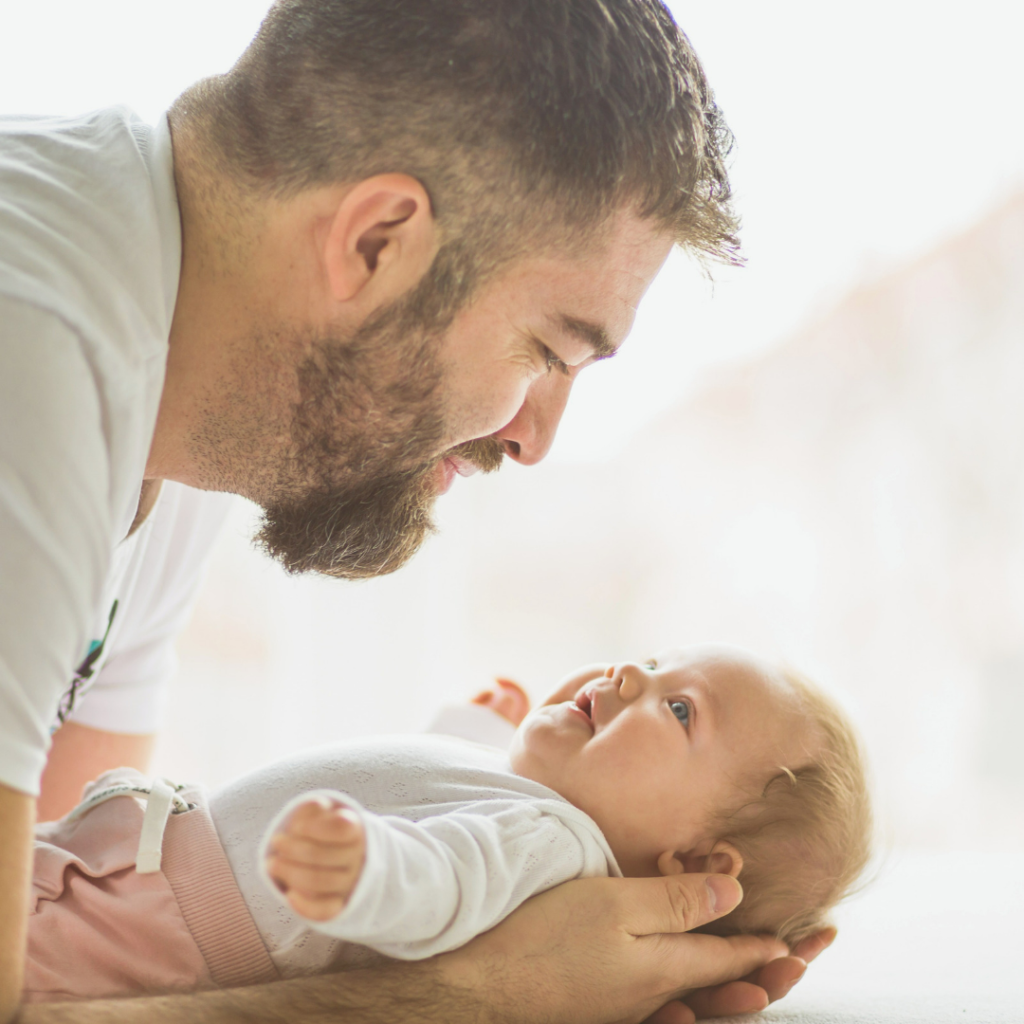
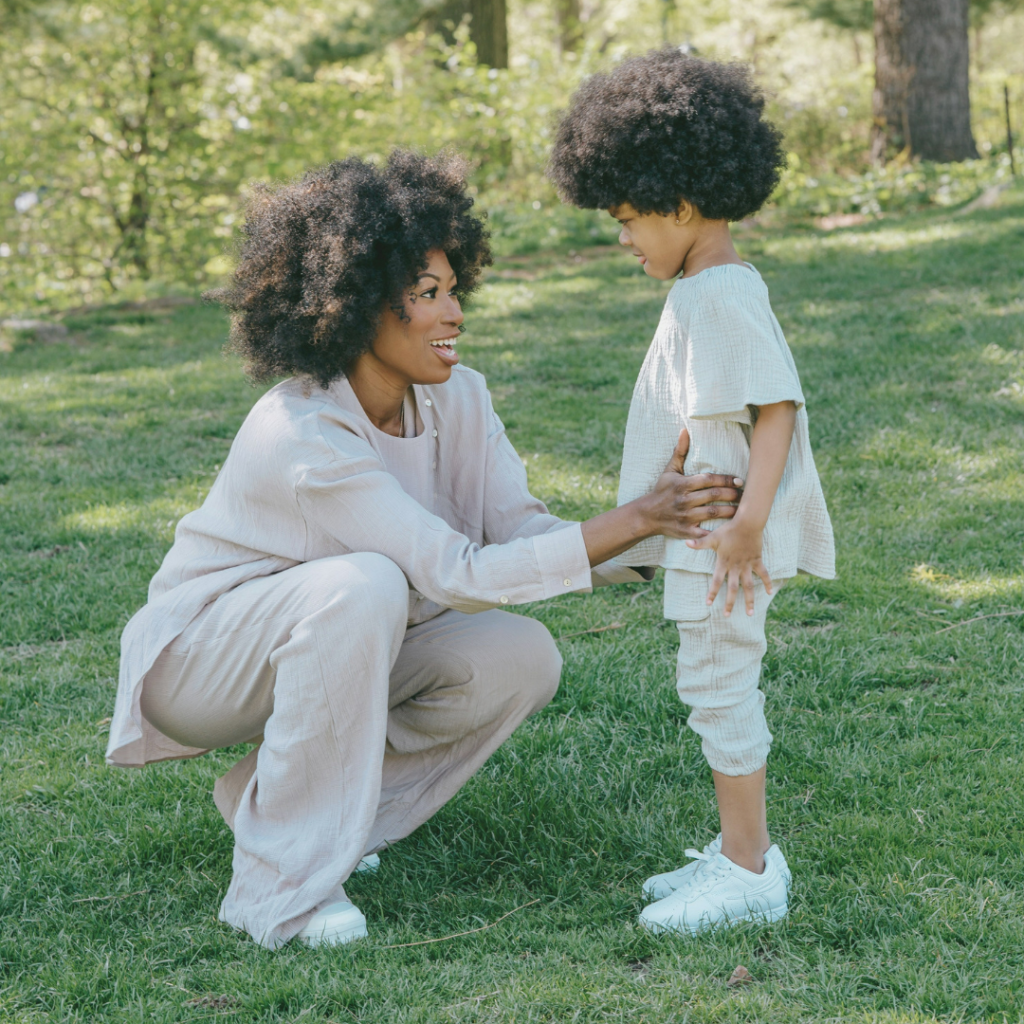
LETTER SOUNDS
Introducing letter sounds is the first step to reading (and the beginning of another blog). You can begin by choosing to go letter by letter, starting with the first letter of their name and continuing through it. Or you can teach in letter clusters (how I learned is included here). Clusters allow a child the chance to discriminate the sounds from each other. Once they begin to understand the concept of each letter having its sound, they will start to hear them in words they hear and speak. They will notice it in the books you read together.
Once they are comfortable with letter sounds, you can start putting 2 or 3 sounds together to try to blend them, showing them that putting sounds together makes words!
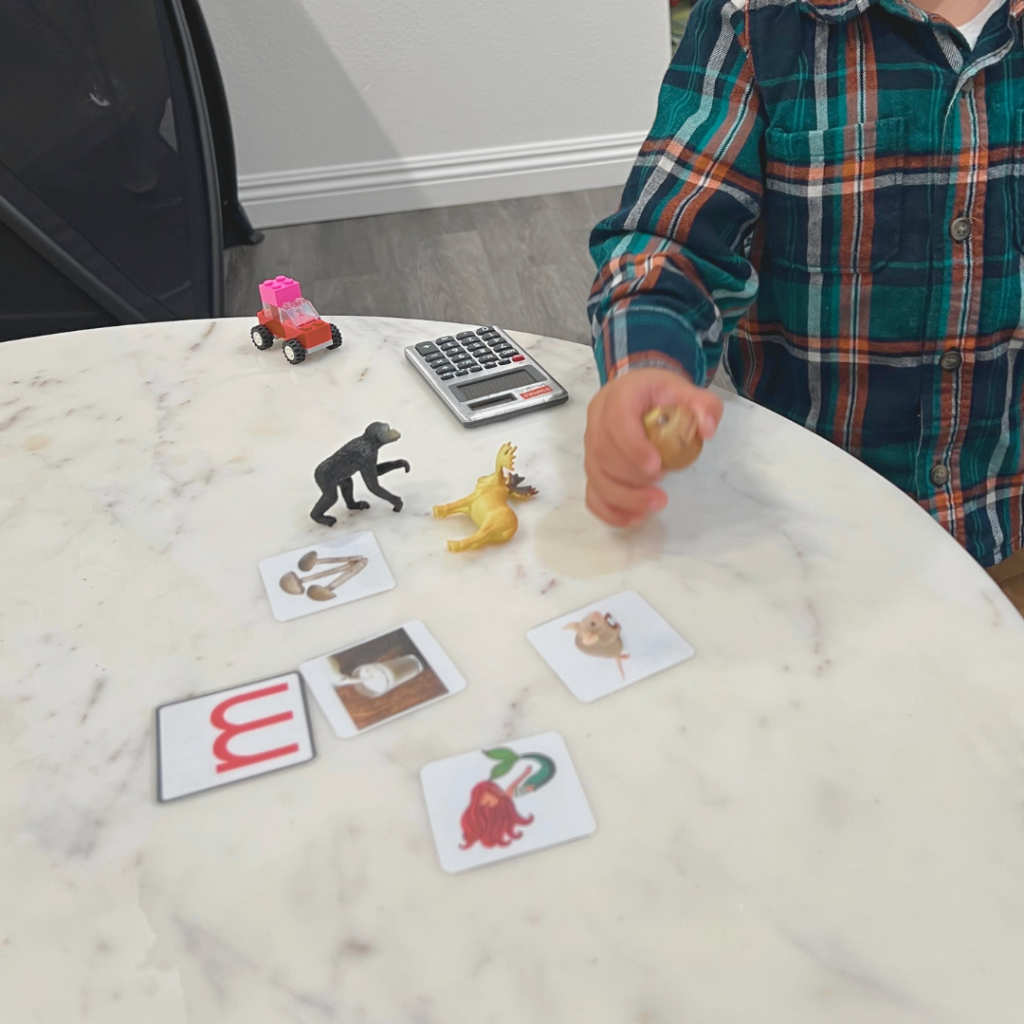
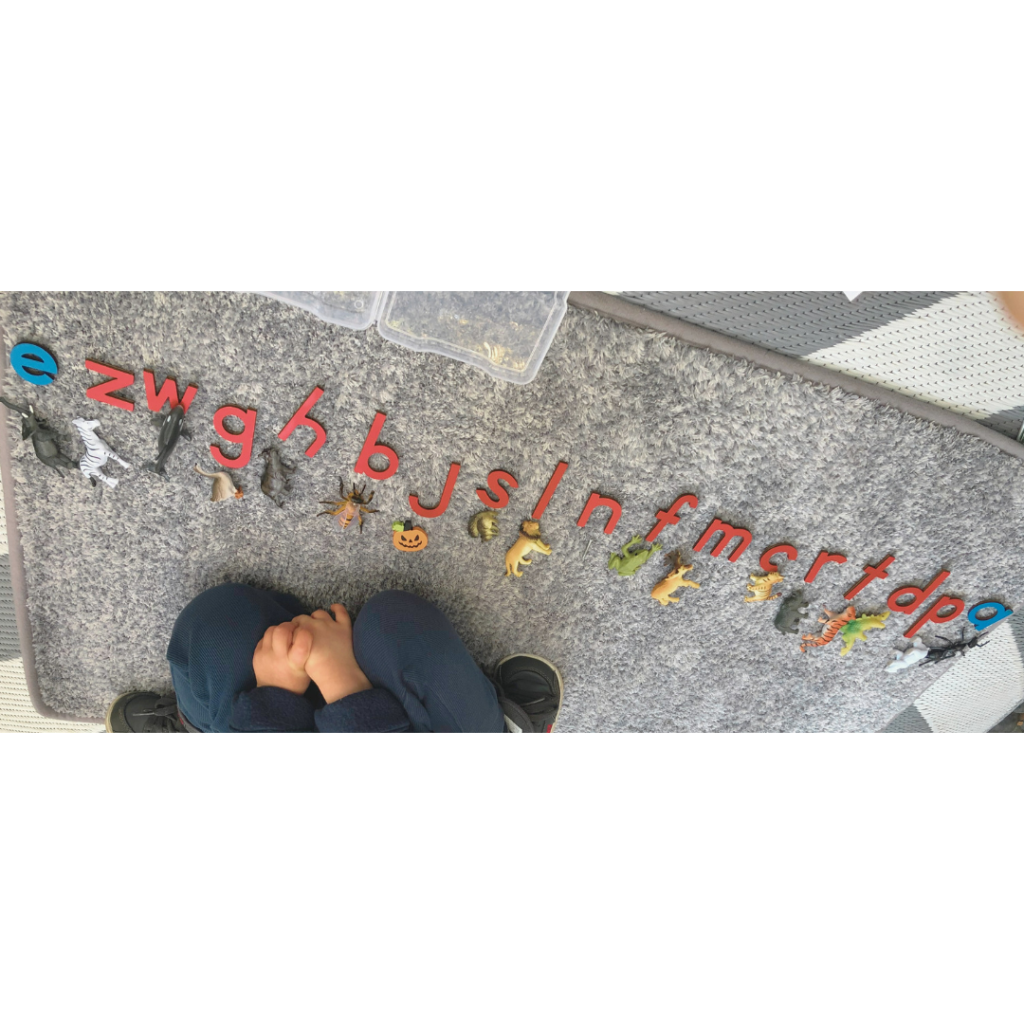
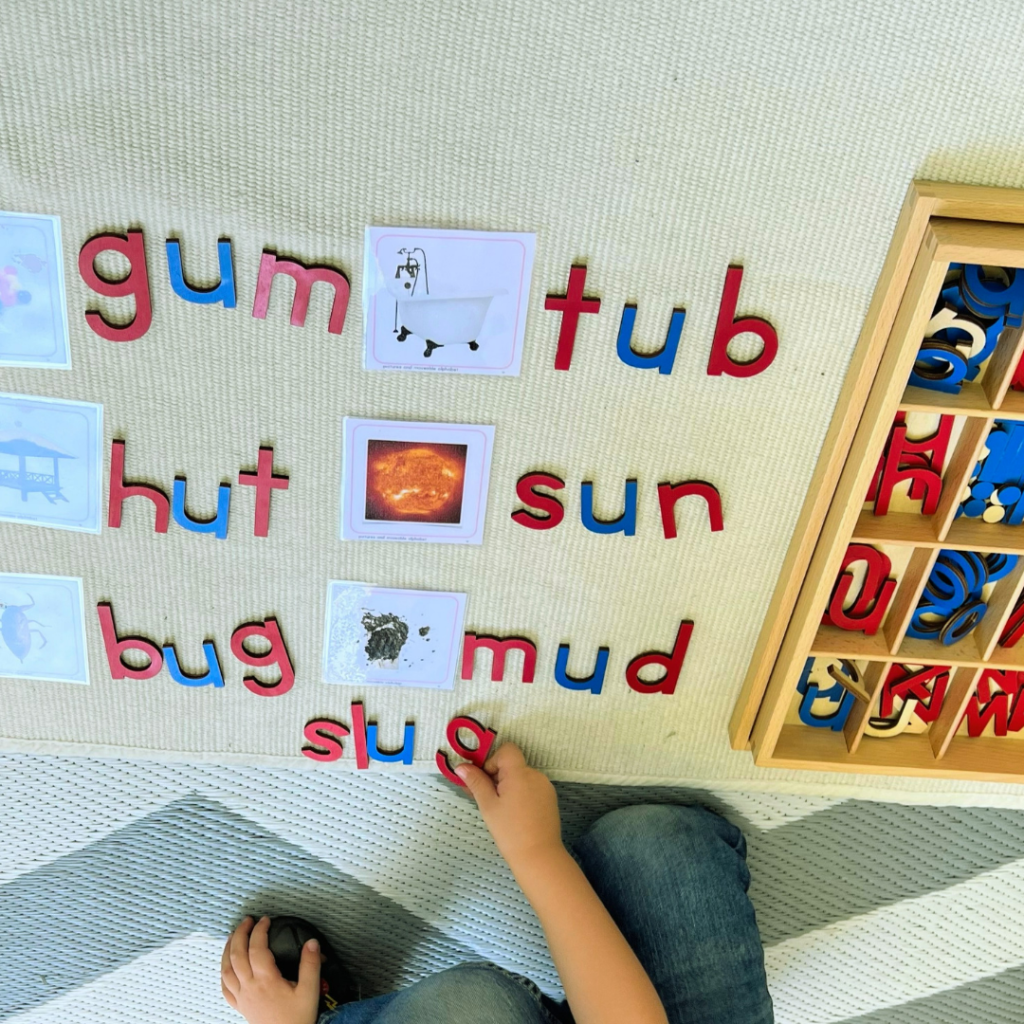
Teaching your child on your own can seem scary and intimidating, but you just need to find those little secrets.
I am here to help with that. I have learned so many of these little secrets over the years and can’t wait to share them with you. Take this one slowly and start some new language habits while doing Preschool Together.
